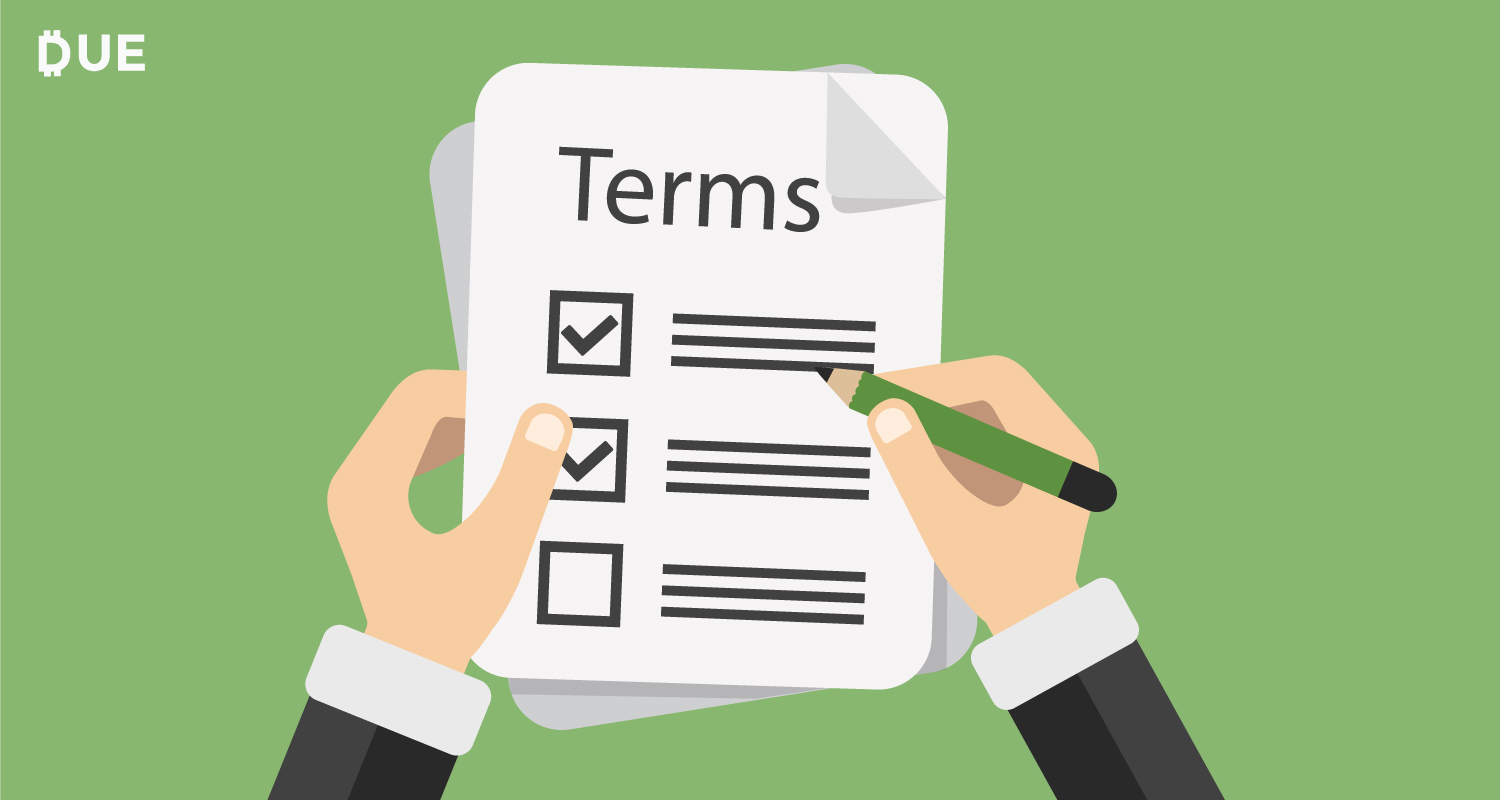Drafting up contracts for your clients doesn’t need to be complicated. The goal is to clearly define all expectations of a project from both you and your client. Most people understand why client contracts are necessary but don’t understand what it takes to craft them effectively.
A contract is not designed to screw people over in the fine print. On a very basic level a contract should clearly spell out who’s doing what and for how much. Clunky legal language often confuses people and should be kept out of agreements if possible. Generally, if you don’t understand it yourself you should leave it out of your contract.
Table of Contents
ToggleHere are some strategies you can use to craft effective client contracts:
Include Proper Contact Information
Every single contract should use proper contact information for both parties. Each party should have their legal business name, main point of contact, and both business and billing address on the contract. It’s important to use your full legal business name, for example if you’re incorporated as Web Design LLC makes sure to include the “LLC”. These small details are often overlooked but are very important. Additionally you avoid generic terms as much as possible like “the client” or “the service provider” and use actual names instead. This will make the contract more personal.
Establish Clear Payment Terms
This is one of the most important aspects of a client contract. First off, you need to decide how you’re looking to receive payments from the engagement. Are you looking to be paid per hour or per project? If you’re looking to be paid per project you need to set clear deliverables that correspond to specific payments. If you’re looking to be paid hourly then you should invoice bi-weekly or monthly depending on your cash flow needs.
In addition to those you should also define a few more details:
- How are you looking to receive payments? i.e. credit card, check, eCheck, cash, etc…
- When do you expect payments to be completed? Make sure this part is very clear. If you invoice every month and give your client 15 days to make a payment, then you may be waiting a long time before you get paid. If possible, try to have your client opt in to a recurring invoicing schedule so you can automate this.
- What are the penalties for late payments? It’s often a good idea to instate a late payment fee on your invoices. As long as this fee is clear for the client, it will often never need to incur.
Include a Detailed Roadmap With Deadlines
When drafting up any agreement it’s very important to be crystal clear about deadlines and the roadmap. All client contracts should have a roadmap that has very clear steps towards the finished product. The roadmap should have clear deadlines correlating to each deliverable and they should be fully agreeable to both parties. There’s no reason to be stubborn on deadlines one side can’t meet. Find times that work best for both of you and be flexible.
Each deliverable also needs to be written in such a way that it can be definitively marked as finished. Try and make them quantitative in some way. For example “15 design screens built on WordPress” is much more definitive than “Web Design Finished”. This part may take longer when crafting the contract but it will surely mitigate any confusion down the line.
Final Thoughts
If you’re a freelancer or small business you will likely be on both sides of many client contracts. That said, it’s important to understand the basics of what it takes to draft up an effective one. For starters use the above recommendations to create effective client contracts.













